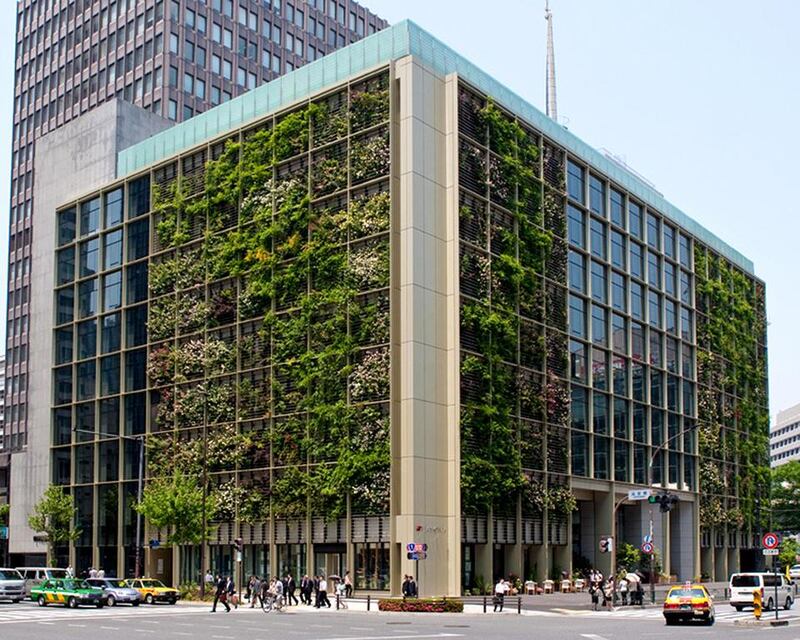Imagine stepping out of your high-rise apartment into a sunny, plant-lined corridor, biting into an apple grown in the orchard on the fourth floor as you bid “good morning” to the farmer off to milk his cows on the fifth.
You take the lift to your office, passing the rice paddy and one of the many gardens housed in the glass edifice that not only heats and cools itself, but also captures rainwater and recirculates domestic waste as plant food.
No, this is not the setting for a futuristic movie about humans colonising a new planet. It is the design of the Belgian architect Vincent Callebaut for a 132-floor “urban farm” – the answer, he believes, to a healthier, happier future for the estimated six billion people who will live in cities by 2050.
With food, water and energy sources dwindling, the city of the future will have to be a self-sufficient “living organism”, says the 36-year-old designer, whose avant-garde buildings have been dismissed by some critics as daft or a blight on the landscape.
“We need to invent new ways of living in the future,” says Callebaut, speaking from the Paris studio where he plies his trade. “The city of tomorrow will be dense, green and connected. The goal is to bring agriculture and nature back into the urban core so that by 2050, we have green, sustainable cities where humans live in balance with their environment.” Each building, he says, must ultimately be a “self-sufficient, mini-power station”.
The quest for sustainable urban living has never been more urgent as people continue flocking to the cities that encroach ever more onto valuable rural land, gobbling up scarce natural resources and making a disproportionate contribution to pollution.
Enter Callebaut with his “Dragonfly” project – a design for a massive, twin-towered, “vertical farm” on New York’s Roosevelt Island. From each tower springs a large wing of glass and steel, so that the edifice resembles the insect after which it is named. The draft structure includes areas for meat, dairy and egg production, orchards, meadows and rice fields, along with offices and flats, gardens and public recreation spaces.
Energy is harvested from the sun and wind, and hot air is trapped between the building’s “wings” to provide heating in winter. In summer, cooling is achieved through natural ventilation and transpiration from the abundant plant growth.
Plants grow on the exterior shell to filter rain water, which is captured and mixed with liquid waste from the towers, treated organically and used as fertiliser. And at the base of the colossus: a floating market on the East River for the inhabitants to sell their organic produce.
“They made fun of me. They said I created a piece of science fiction,” Callebaut says of his detractors.
But as awareness has grown of the plight of our planet, his ideas have gained traction and the Dragonfly design has been exhibited at an international fair in China.
Callebaut has also drafted a concept for a floating city resembling a lily pad that will house refugees forced from their homes by climate change.
And he hopes to sell a design for a “farmscraper” in Shenzhen, China, that will include housing, offices and food gardens.
As yet, Callebaut has found no buyers for these big projects.
“With the recent economic recession, politicians and government may have been reluctant to venture into such new, large-scale endeavours that have not been tested before,” says Emilia Plotka, a sustainability expert at the Royal Institute of British Architects.
But she points out the concept has inspired other, smaller projects. “Instead of majestically tall bionic towers plonked in riverbeds, vertical farms have been rather more modestly integrated into existing buildings, derelict industrial sites and floating barges,” she says.
One example is the Pasona Urban Farm (pictured) – a nine-storey office building in Tokyo that lets employees grow their own food in specially reserved green spaces at work.
[ artslife@thenational.ae ]






